
Osteochondrosis is a medical term that describes a violation of the integrity of the cartilage.Often, the disease is associated with intervertebral disc damage.
The intervertebral disc is a type of shock absorber that softens the pressure on the spine at the load.Osteochondrosis exacerbates the quality of life, causing back pain, neck, head, ear.
There are two points of view on the diagnosis.Experts abroad include disruption to children and adolescents.It is believed that it is more common in children, as their bones are at the development stage.Doctors diagnose osteochondrosis especially in patients aged 25-55.The signs, causes and types of diseases in two cases are the same.
How to determine osteochondrosis?
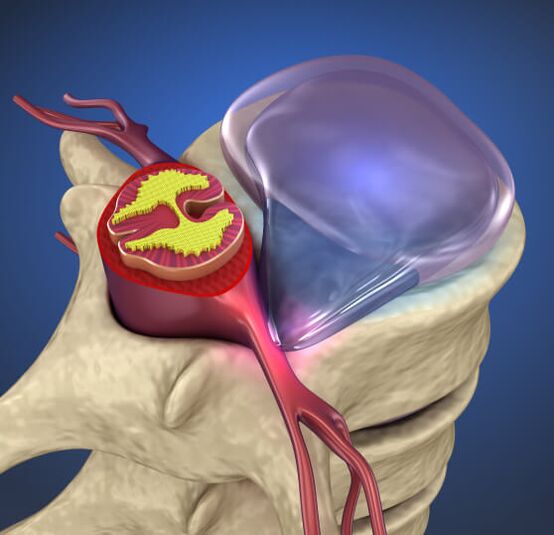
- Is there a back or periodic back pain or muscle tension?
- Is there a "gooseb outdoor" on the bottom or lower neck?
- Do you feel "shooting" in the back?
- Does the pain appear when lifting your hands or moving your head to the side?
- Is there a regular dizziness?
- There is noise, nausea?
If at least one answer is affirmative, you should contact a specialist to conduct a study.If the diagnosis reveals the violation, the doctor will prescribe the treatment and help protect itself from the more serious and painful symptoms.
What causes osteochondrosis
The incidence of osteochondrosis masses is due to the fact that people are in an upright position.In this case, the spine and disc experienced an increase in load.If it's wrong to sit, lie and stand, the disc loses their ability to depreciate.
Over time, disc shells, and hernial protrusions appear.They begin to send blood vessels, spinal cord or brain roots.As a result, pain, reflex tension in the muscles appears.
Risk groups include middle and older people.Office workers, professional drivers, high -growth people most often face the disease.Risk factors for the emergence of obvious infringement symptoms can be:
- flat feet;
- descendants;
- excess weight;
- Hypodynamia.
Causes of violation in the cartilage together:
- Worked with heavy cargo
- Incorrect pose in sitting, standing or lying.
- Injury, overstrain.
- Excessive burden when playing sports.
- Increased air humidity and low temperature.
- Activities related to frequent body position changes
Type of osteochondrosis
Osteochondrosis can develop anywhere -the spine.According to localization, the disease is divided into: cervix, chest and lumbar.In 50% of cases, the last type is found.
Lumbar osteochondrosis
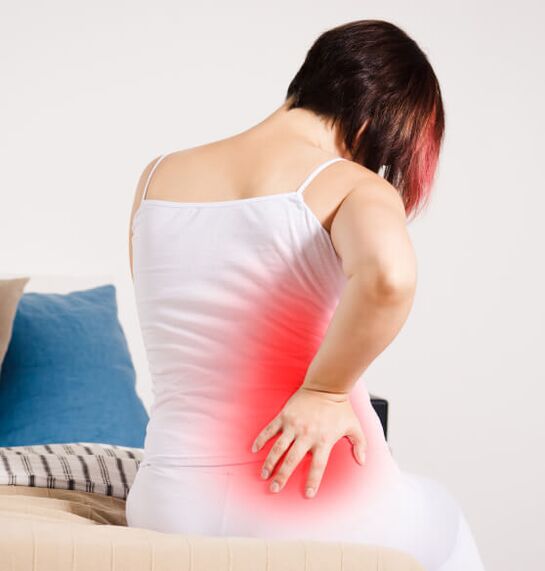
The same diagnosis is established for men and women.The reason for this is the increase in loads that arise while walking, running, hard work, prolonged chairs.The lumbar bone is made up of 5 vertebrae, including a disc that provides elasticity.If the exchange process does not occur, the intervertebral disc loses their properties and pain.
Symptoms:
- Stupid or sharp pain in the lower back, which is increasing as it moves.
- Pain in the feet, pelvic body, sacrum.
- Violation of mobility or sensitivity.
- Atrophy of the foot muscle in acute disease.
Lumbar osteochondrosis must be treated.In the absence of therapy, dangerous complications may occur: ishias, hernia, highlights.As a result, natural blood supply to the spinal cord is disrupted, leading to lower leg paralysis.
Cervical osteochondrosis
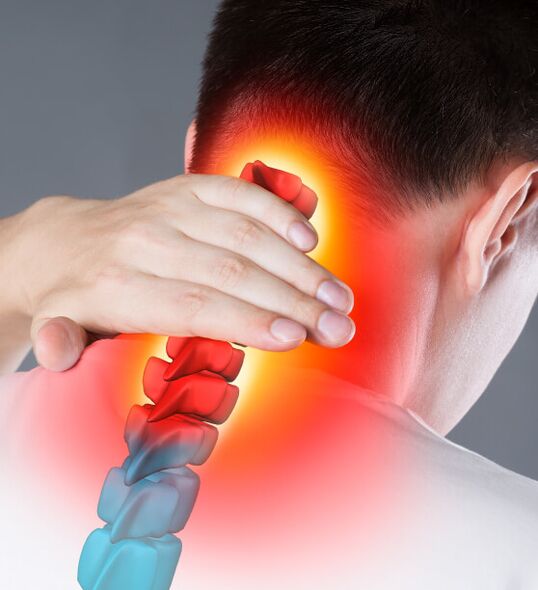
"Be sure to turn your head on," the doctor said.So you can avoid the harmful diagnosis of cervical spinal osteochondrosis.The neck is the most portable part of the spinal column.The department consists of 7 vertebrae.The disease appears as a result of infringement of the metabolic process in the body, in the presence of salt in the neck or due to uncomfortable head position.
Symptoms:
- Headache
- Pain in the heart
- Blinking "flies" in front of my eyes
- Hearing disorder
- Christ around the neck
- Pain in the hand or shoulder of the joint
- Numbness of limbs
Experts note that this type of disease is one of the most dangerous, as it may be a violation of blood circulation in the brain, migraines, dystonia and more serious diseases.
Thoracic osteochondrosis
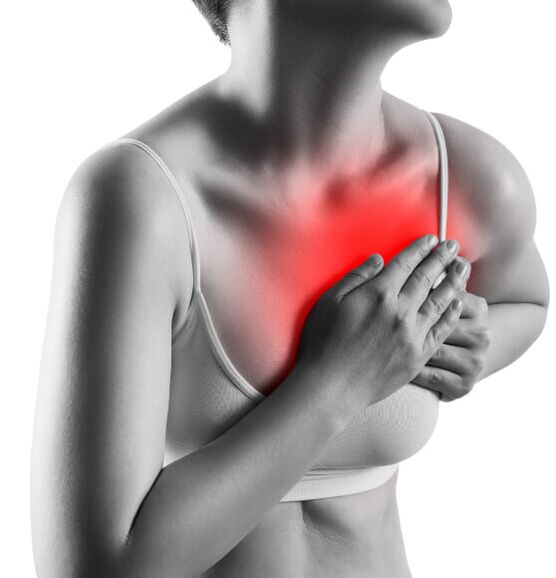
Violations in the thoracic spine occur less frequently, as the vertebrae is inactive.The pain that appears in this area is experienced by many people involved in heavy physical labor or has an inactive profession.Causes of osteochondrosis may be a disturbed exchange process, an increase in load on the intervertebral disc.
Symptoms:
- Pain or compression feeling in the chest area.
- The pain between the shoulder blades while lifting the hands.
- Skin sensitivity disorders.
In acute violations, two symptoms can occur: dorsago and dorsalgia.Dorsago is accompanied by acute chest pain, shortness of breath.With dorsalgia, the pain in the department vertebra is not too strong, but gradually develops.The disease is often confused with other chest pathology: heart attack, inflammation of the lungs, angina pectoris, and others.Diagnosis is only made by experts based on examination and research.
Level of osteochondrosis
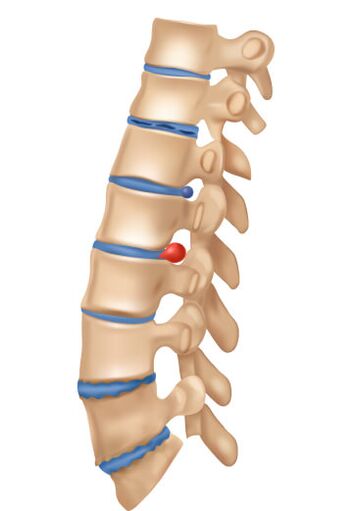
In the first stage, the symptoms are clearly not present.With frequency, discomfort in the spine arises, which is associated with excessive fatigue or physical energy.The disease can be detected during the preventive examination, X -ray or CT.
The second stage is accompanied by pain, as the process of destroying the cartilage begins and the gap between the disc decreases.Pain at this stage is released with medications as prescribed by the doctor.
In the third stage, the spinal deformation begins: the fibrous ring is interrupted, the intervertebral hernia appears.With the help of proper treatment, you can still improve your spinal cord.
The fourth level is an irreversible change in the spine where it is difficult to move to someone.Between the vertebrae, the bone tissue connecting the vertebrae grows.Often, the same form of osteochondrosis leads to defects.
Diagnostic method
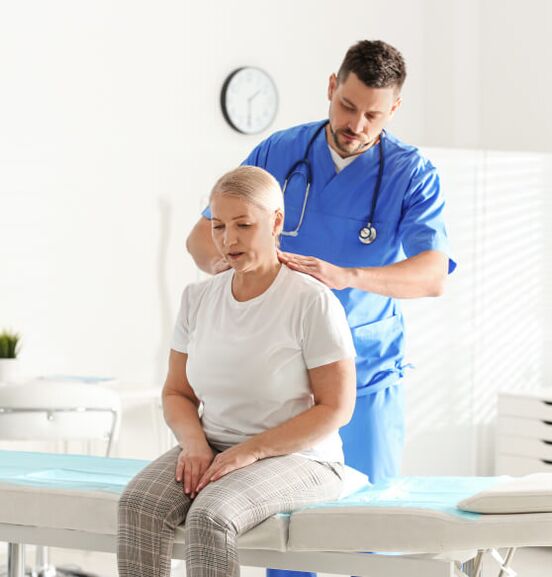
To determine the level of the disease, examine the sensitivity and reflex, the doctor performs a physical examination.In addition, blood and urine tests are given, indications of calcium metabolism are studied.
To make the right diagnosis, a diagnostic method is used:
- Ultrasound of the ship.Determination of blood flow levels is affected in the vertebral artery.
- X -ray spine.
- Ct.The construction of three -dimensional images in the area studied to identify a small vertebra shift.
- MRI.Learn the state of soft tissue to evaluate the spinal cord and describe the internal structure of the disc.
Treatment
Osteochondrosis is treated comprehensively.The main goal of therapy is to suppress pain, the removal of tension in the muscles and the constraints of movement that arise from pain.It is important not to be alone, but take advice with experts and follow the suggestions.
- Drug therapy
- Physiotherapy
- Surgical

For spinal treatment, doctors prescribe anti -anti -nonsteroid medications that help relieve inflammation and swelling.Musodorelaxants are responsible for reducing spasms in the muscles.Ointment is used to reduce pain.To protect nerve tissue, antioxidants and vitamins can be prescribed: they slow down the destruction of bone tissue and reduce calcium loss.
The effectiveness of the treatment is possible with the combination of drugs with physiotherapy procedures: electrophoresis, laser, magnetotherapy, mud and current treatment.In addition, massage, manual therapy can be prescribed.The set of procedures is determined taking into account the condition of the patient, as there is a contraindication.
Surgical intervention for osteochondrosis is required in very rare cases.There are many nerve endings in the spine responsible for overall body function.The risk of surgery can be prescribed when conservative methods do not bring proper efficacy.
Prevention
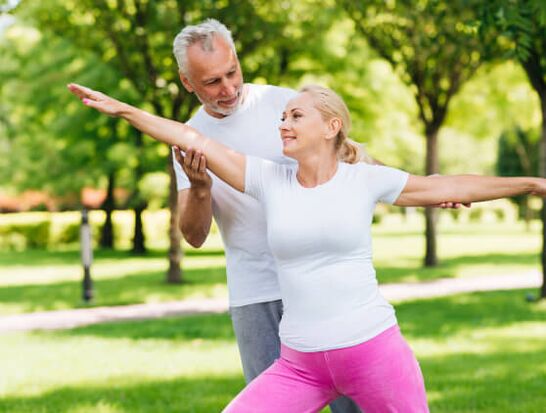
It is possible to maintain spinal health and prevent the appearance of symptoms or complications of osteochondrosis by adhering to preventive methods:
- sufficient use of water;
- weight control;
- the use of collagen -rich foods;
- the choice of orthopedic mattress that supports the body;
- Ordinary sports.
You can try alternative methods: acupuncture, qigong or massage.Before starting any procedure, you should consult with your doctor to ensure the health of the musculoskeletal system.
















